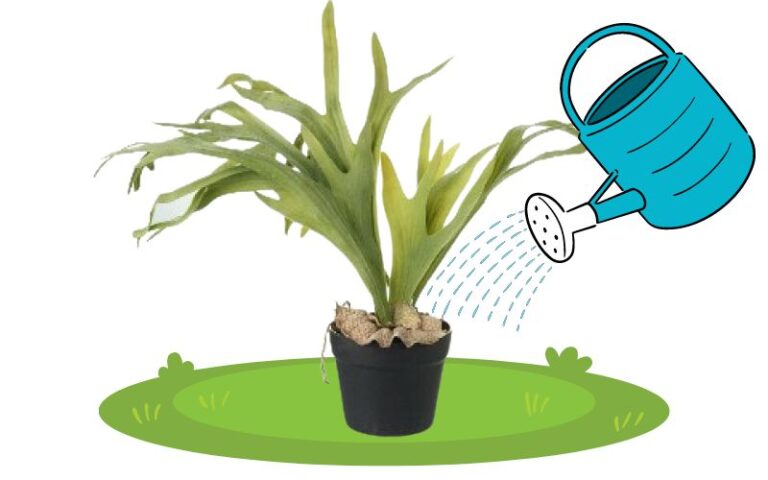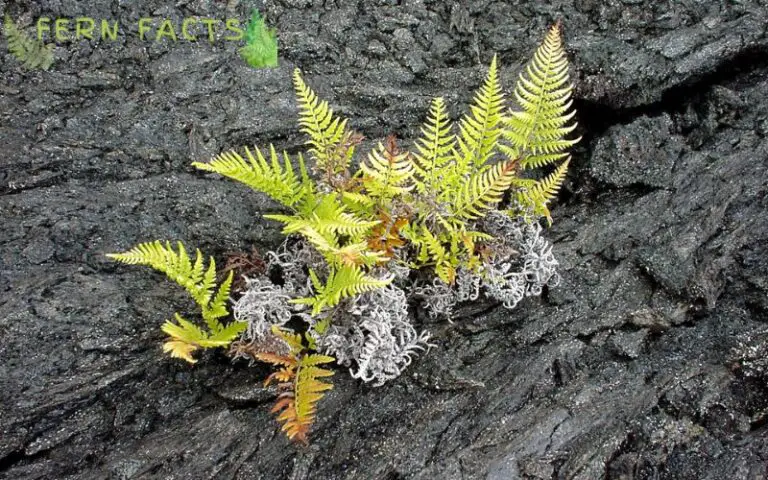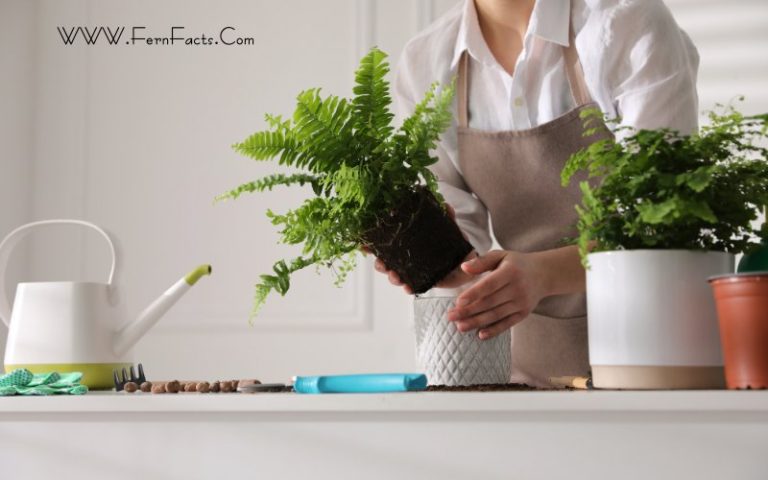Separating Ferns: Learn How to Divide Fern Plants
Do you know separating or division is one of the key features for every fern to enhance its growth? Every fern needs this division process in order to have thriving growth.
Equally, fern gets root-bound after a couple of years, so it’s an essential part of dividing your plant. If you want to know more about the ferns separating process, then read this article rigorously.
In this article, I’ll give you an overall idea about the fern division process step by step. Side by side, I’ll tell you when and why you should process.
In addition, I’ll demonstrate step-by-step guidelines for the division process so that you can easily do this process at home. So, let’s delve into the topic more precisely.
Why is Fern Division Important?
Well, the ferns division is a significant part of their growing and thriving process. Every fern needs division once every 3 to 4 years. Because it will boost their growth.
However, if you notice there is no growth or no progress, then it is one of the prominent ways to get back your fern’s thriving growth. Thus, the division of the roots or separating will enhance fern growth.
When Should You Separate Ferns?
Every fern thrives in different seasons. For example, some thrive in spring, and some in summer. That’s why, in general, spring and summer are the growing seasons for most of the ferns. Many ferns grow all the years and every season.
However, individual species might vary from season to season. Still, you can consider spring and summer as their growing season.
So before their growing seasons, you can start the division process that will enhance your fern’s growth during their upcoming growing seasons.
In short, for your outdoor ferns, early fall or early spring would be a suitable time to do the division process. And for your indoor fern, early spring would be the primary time for division.
Because at that time, their roots get bound in the pot or in the container. Thus, these times would be the preferable times for separating ferns.
How to Separate or Divide Ferns: Step-by-Step Guidance
Now, let’s look at the division or separating process of ferns step by step so that you can easily comprehend this.
1. Prepare Your Chosen Plant
Before division, you need to choose your plant to fulfill this process. After you choose your plant whether it’s an outdoor or an indoor potted plant, you need to do preparation before that.
At least 1 or 2 days before, make sure that the plant is well hydrated and moist enough. Therefore, it will be very easy to divide the roots.
Remember, don’t give water on the day you are planning to divide your ferns. Prepare the plant’s soil at least 2 days earlier.
2. Select Pruning Tools and Shovels
On the day of your division process, prepare all your pruning and trimming tools. If your ferns are planted outdoors, then you might need shovels to dig out the plant from the soil.
Similarly, take any scissors or knife to cut off the roots. Thus, prepare and sharpen all your pruning tools beforehand.
3. Dig Out the Plant From the Pot/ Container/ Land
If your plant is in the pot, then use pruning tools to loosen the soil. After loosening the soil, gently remove the plant from there.
On the other hand, if your fern is planted in that garden or yard, then take a shovel. Dig the soil at least 5 to 6 inches around the plant. After digging, gently remove your plant from there.
4. Rinse With Water
After removing your plant, then rinse the soil with water. It will help to identify roots clearly. Also, rinsing will help to remove any pests or insects from your plants.
Give a gentle wave of water so that the soil gets detached from the roots or from the stems.
5. Check Out the Roots Conditions
After rinsing it with water, check the root conditions. Identify whether the roots are healthy or not. Check whether the roots are being infected by any Nematodes or rhizomes root rot diseases.
If roots become soggy, mushy, turn black, and also smell a bit off; then surely your plants are being infected. If you don’t notice any kind of symptoms, then you may proceed to the next step.
6. Divide the Roots on Equal Part
After examining or checking the root conditions, you can finally divide the plant’s roots. Simply, take the ferns and divide them into two portions. You can use your hand or you can use a sharp scissor or a knife.
Make sure each side has an equal amount of roots. Don’t take any unhealthy, damaged roots from there; Only take the fresh ingrown roots.
Additionally, make sure every part should have at least one rhizome so that the new growth can happen.
7. Prepare the Soil
After dividing your fern, you have to prepare a new soil mixture for them. Don’t use an old mixture as the soil might lose all the nutritional benefits.
For mixing the soil, use organic compost, peat moss, perlite, vermiculite, leaf mold, etc. Similarly, individual species might vary from each other. You can add or remove one of the rich proponents from there.
Just prepare acidic, neutral, and well-drained soil for your fern. As a result, rich humus soil will help your plants to have healthy growth.
8. Replant Your Ferns
After preparing the soil, you must replant or repot your ferns. If you are determined to replant it in the garden, then dig a new hole around 5 to 6 inches deep.
Replant your ferns there with new mixing soil. If you are planning to repot it in the pot or container; then fill the pot half with your new soil.
Later, put the divided part in the pot and fill the gap with soil. Press the soil surface properly so that the roots get adjusted to the new soil.
9. Pour Water
After your replanting process, just water your plant thoroughly. Watering can give sufficient hydration and moisture to your plant.
Furthermore, your plant will not be stressed out after such a hectic process. After that, mist the plant’s fronds so that extra dust and soil get drenched out.
Since most of the ferns prefer moist soil, make sure the soil is moist and damp, not overly soaked nor too dry.
Final Thought
In the final statement, separating ferns is indeed a prominent part of every fern. This process will boost and enhance their growth as well.
If your ferns’ growth is stopped or you don’t see any progress, then you have to do a division process to enhance their growth.
Significantly, early spring would be a great time for division because spring and summer are the growing seasons of most of the ferns.
Thus, simply follow the above-mentioned steps while dividing your fern. Surely, you will have a thriving plant during the spring seasons.







